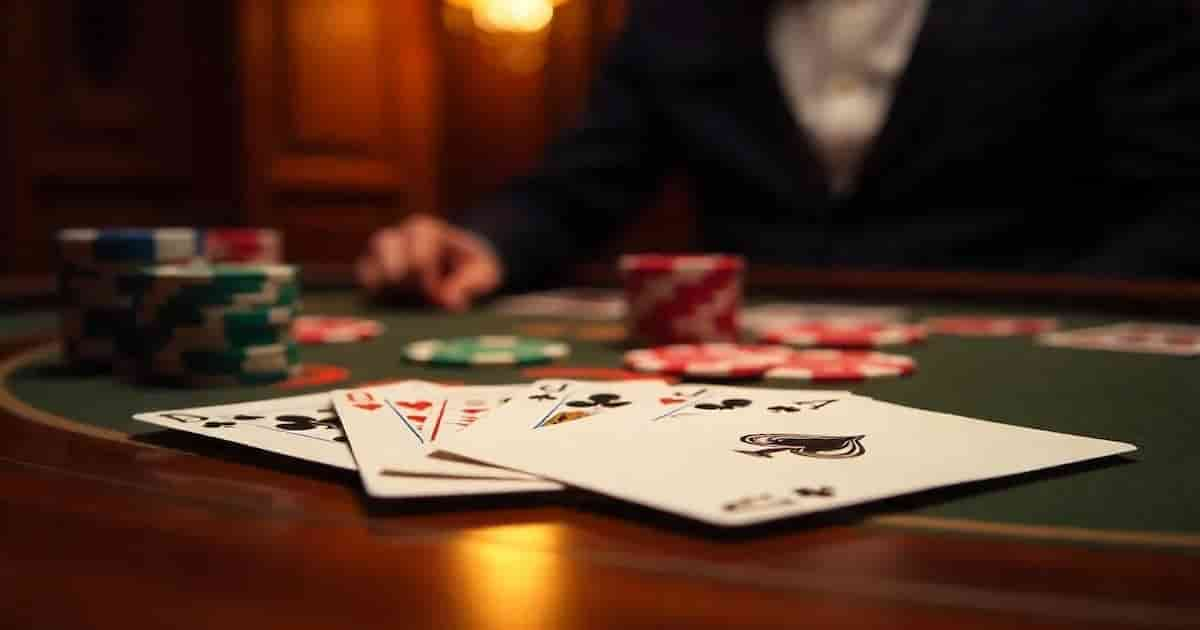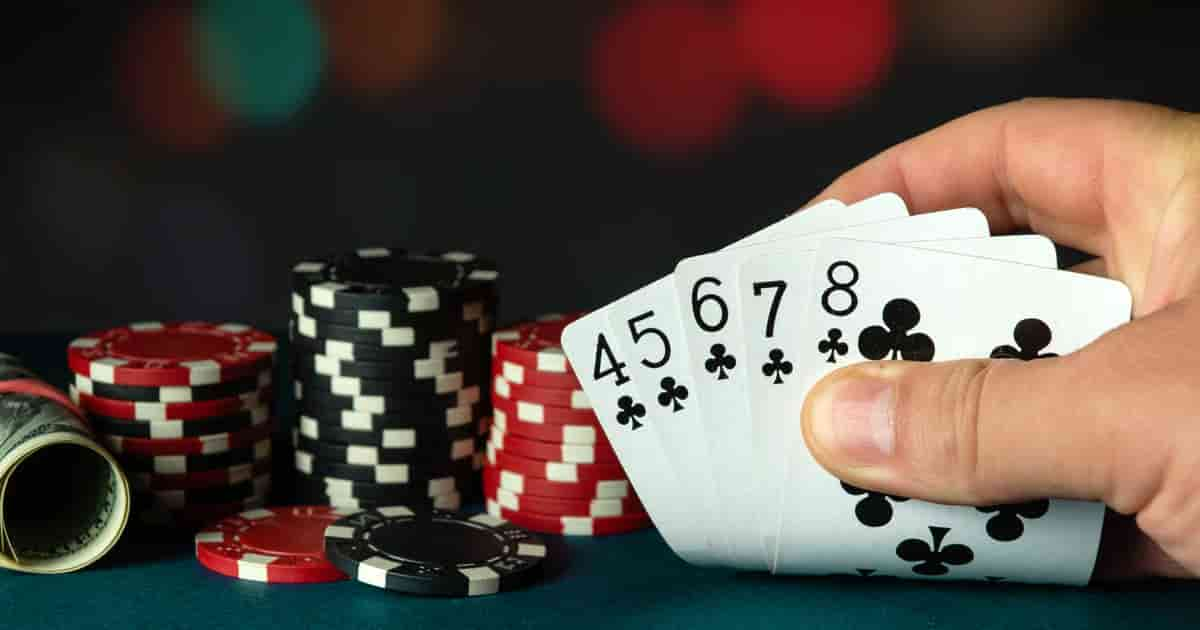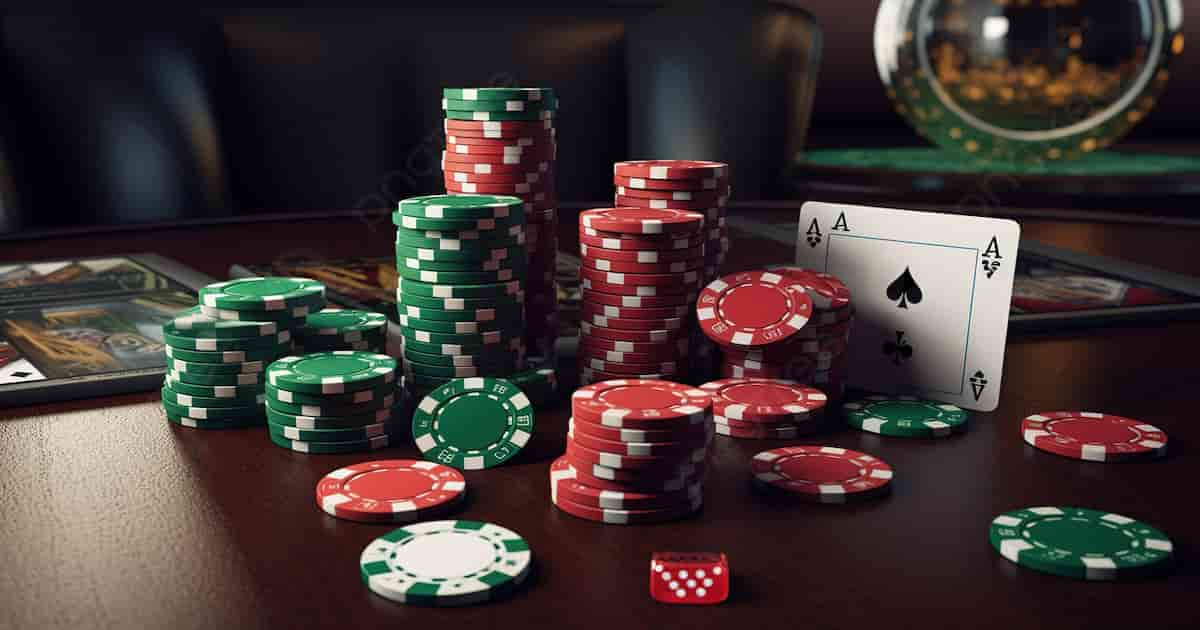Unravel the fascinating history behind the clubs card suit—its origins, why it’s called “clubs,” and how its meaning has evolved in card games and culture.
Understanding the Origins of Card Suits
To answer the question why is the card suit called clubs, we need to look at the evolution of playing cards over centuries. Playing cards originated in China before traveling westward through India, Persia, and the Arab world to reach Europe in the 14th century. As they adapted to different cultures, the suits evolved too.
Early European card decks used four suits: swords, cups, coins, and batons (or staves). These were featured in Italian and Spanish “Latin-suited” cards and symbolized the social structure of medieval life: nobility, clergy, merchants, and peasants. The batons, which eventually became known as clubs, were symbolic of labor and the working class.
When these Latin suits made their way into France and then England, card manufacturers began changing the suit symbols to simplify printing. The batons became stylized into the cloverleaf symbol we now recognize as the club, but the original name stuck—leading to the modern name “clubs.”
For a deeper historical reference, see the full history of suits at World of Playing Cards.
Why Is the Card Suit Called Clubs Instead of Clovers?
One of the most curious details is why the suit is called “clubs” in English when its symbol looks more like a clover or shamrock. The answer lies in historical naming patterns. The French word for the suit is “trèfle,” which literally means clover. However, English card makers retained the name based on the older Latin-style decks, where the suit had been known as “clubs” or “batons.”
As printing methods advanced in the 15th and 16th centuries, France became a dominant force in card manufacturing. They replaced the baton symbol with the trefoil, a simpler design that was easy to stencil and reproduce. While most languages (like French, Italian, or German) renamed the suit based on the new symbol, English-speaking countries stuck with the original term—thus we ended up with the clubs suit that looks like a clover.
This linguistic evolution highlights how the **origin of clubs suit** is a hybrid of symbolic design and regional translation choices. Despite the symbol’s shape, the name “clubs” carries forward the suit’s legacy of strength and effort.
The Clubs Suit in Modern Card Games
In most card games, the clubs suit is treated equally among the four suits. However, its roots in the concept of action and labor have lent it a unique psychological identity in the minds of players. Many associate clubs with power, ambition, and grounding.
Games like Poker, Blackjack, and Bridge incorporate clubs as one of the standard suits, and the clubs meaning in cards reflects more than just probability. Players often attribute symbolic traits to their hands—believing that club-heavy hands might signal strength or assertiveness.
In fantasy-themed games and literature, clubs are sometimes portrayed as tools or weapons. The suit is often assigned to strong, pragmatic characters. In casino-themed merchandise or costume parties, club symbols are used for visual impact and masculine energy.
Symbolic Meaning of the Clubs Card Suit
Even today, the **clubs card suit** retains the traits it symbolized centuries ago—resilience, action, and effort. In symbolic card readings (cartomancy), clubs are associated with enterprise, hard work, and career growth. A reading full of clubs usually suggests progress through effort or the arrival of a work-related opportunity.
The suit also connects to the **element of fire** or **earth**, depending on the system. Either way, it symbolizes the practical and energetic side of life. This makes clubs popular in tattoo designs, where they often represent persistence, loyalty to craft, or passion for poker and card gaming.
The iconic trefoil shape, now seen on everything from fashion to slot machine icons, reinforces the idea of natural growth, balance, and risk-taking.
Clubs Suit Legacy: From History to Gaming Tables
The **origin of the clubs suit** showcases the blend of cultural evolution and practical printing innovation. What began as a baton in the hand of a peasant or soldier transformed into a stylized clover shape—yet retained its original name and meaning.
Today, the clubs suit continues to symbolize strength, ambition, and movement in both literal card play and metaphorical expression. From the gambling halls of Vegas to mobile poker apps, the club’s legacy lives on.
Next time you see a hand of clubs, you’ll know you’re looking at more than just a suit. You’re holding a piece of history shaped by symbolism, translation, and centuries of card-playing tradition.
Conclusion: Clubs—A Name with Power
So, why is the card suit called clubs? Because history, language, and cultural preservation made it so. Despite its clover-like design, the club has never lost its identity as a symbol of strength and grounded energy.
Whether you’re a casual player or a serious casino strategist, understanding the **clubs meaning in cards** gives new depth to your deck. It’s not just about luck—it’s about legacy.



